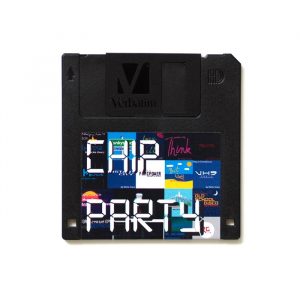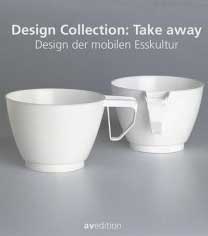 I’ve recently realized that while my pile of books about design, art and architecture is growing and growing, i have totally abandonned the books category of the blog. So i’ll make another attempt at regular book review. Starting light and lazy with Take Away (on Amazon USA
I’ve recently realized that while my pile of books about design, art and architecture is growing and growing, i have totally abandonned the books category of the blog. So i’ll make another attempt at regular book review. Starting light and lazy with Take Away (on Amazon USA

The booklet (there’s only 95 pages) is part of a series launched by the Design Collection of the Museum fuer Gestaltung in Zurich. It’s both in english and german and the focus is very much on Swiss take away design which actually makes it even more interesting and kind of exotic. I’ve started to be very intrigued by local take away design the day i spotted those wonderful GrillWalker guys selling saussages in the streets of Berlin.
However, some of the aspects mentioned in the book are felt in other countries such as a certain uniformization of take away since the fast food industry is at the forefront of the move towards globalization.
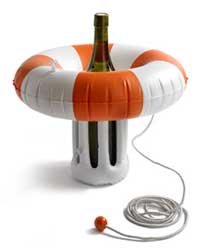 Besides, reading about the history, evolution and current situation of take-away culture in another country made me think about what happened in my own land where the baraques à frites (also called Frikot) are disappearing from the road sides. We, people from the working class, used to stop there to have a bite on our way from the Belgian coast or the Ardennes. Now they are attractions for tourists and places where the cool and hip guys like to meet to show that they, while being the epitome of trendiness, have kept a certain down to earth touch.
Besides, reading about the history, evolution and current situation of take-away culture in another country made me think about what happened in my own land where the baraques à frites (also called Frikot) are disappearing from the road sides. We, people from the working class, used to stop there to have a bite on our way from the Belgian coast or the Ardennes. Now they are attractions for tourists and places where the cool and hip guys like to meet to show that they, while being the epitome of trendiness, have kept a certain down to earth touch.
But back to the book with the editor’s blurb: The focus here is the contentious world of items used in mobile food culture: stacking plates, paper cups, pizza boxes, picnic baskets as well as things like mini toothbrushes, folding furniture and much more. This book shows just how much mobile eating shapes our lives, with all its advantages and disadvantages. Not only has it changed what we eat, but also how, where and what we use to eat, whether it is fast food, take away, system gastronomy or convenience food.
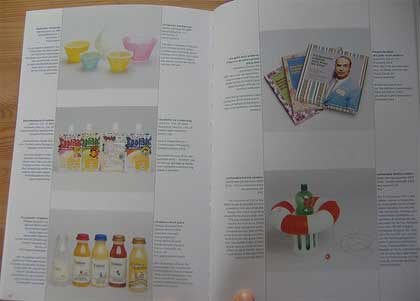
Apart from the introduction and the essay written by Walter Leimgruber which traces the history and current state of take away culture, most of the book is a catalogue of 90 objects which are part of the Museum’s collection. That makes for a very nice walk into the world of cool bags for picnics, Swiss army mess tins, in-flight tableware, drink bottles shaped like early models of mobile phones, plastic egg boxes, all sorts of packagings (a research has discovered that take away packaging accounts for 35% of litter in Switzerland) and funny inflatable bottle coolers.
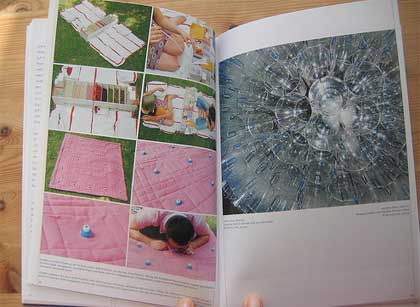
The book closes with a glossary that enlighten readers on essential knowledge facts such as what the Swiss version of the Bratwurst is, the various materials used in take away packaging, etc.
The most amazing piece i’ve discovered throught the book is the Mikiphone, the record player version of the Swiss knife. Patented in 1924, it could fold up to the size of a large pocket watch. All the parts –apart from the winding handle– are stored inside the case which when closed has a diameter of just 4½” (11.5 cm) by under 2″ thick (4.7 cm). The ‘horn’ is in two parts and can be stored inside the case. Le Corbusier said that the Mikiphone was the essence of the esprit nouveau.
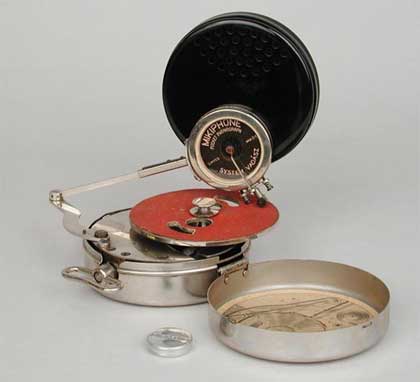
Image of the mikiphone, and of the inflatable bottle cooler.


